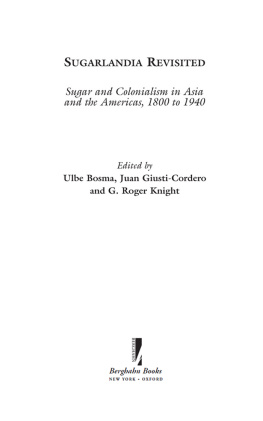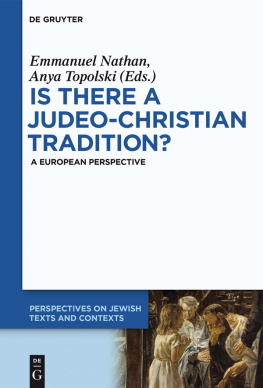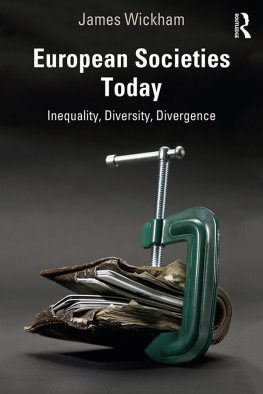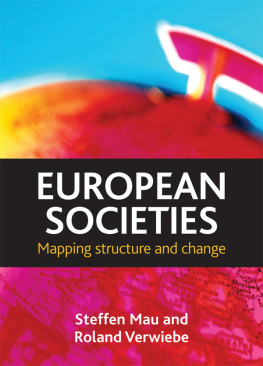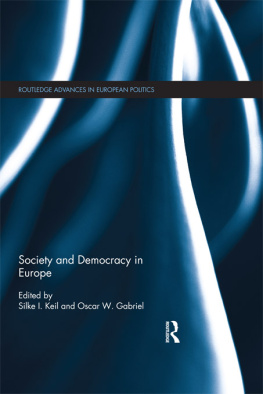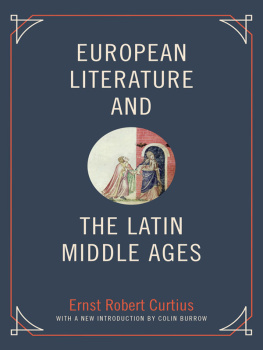Robert Forster (editor) - European and non-European societies, 1450-1800. Volume II
Here you can read online Robert Forster (editor) - European and non-European societies, 1450-1800. Volume II full text of the book (entire story) in english for free. Download pdf and epub, get meaning, cover and reviews about this ebook. year: 2020, publisher: Taylor & Francis Group, genre: Religion. Description of the work, (preface) as well as reviews are available. Best literature library LitArk.com created for fans of good reading and offers a wide selection of genres:
Romance novel
Science fiction
Adventure
Detective
Science
History
Home and family
Prose
Art
Politics
Computer
Non-fiction
Religion
Business
Children
Humor
Choose a favorite category and find really read worthwhile books. Enjoy immersion in the world of imagination, feel the emotions of the characters or learn something new for yourself, make an fascinating discovery.
- Book:European and non-European societies, 1450-1800. Volume II
- Author:
- Publisher:Taylor & Francis Group
- Genre:
- Year:2020
- Rating:3 / 5
- Favourites:Add to favourites
- Your mark:
- 60
- 1
- 2
- 3
- 4
- 5
European and non-European societies, 1450-1800. Volume II: summary, description and annotation
We offer to read an annotation, description, summary or preface (depends on what the author of the book "European and non-European societies, 1450-1800. Volume II" wrote himself). If you haven't found the necessary information about the book — write in the comments, we will try to find it.
European and non-European societies, 1450-1800. Volume II — read online for free the complete book (whole text) full work
Below is the text of the book, divided by pages. System saving the place of the last page read, allows you to conveniently read the book "European and non-European societies, 1450-1800. Volume II" online for free, without having to search again every time where you left off. Put a bookmark, and you can go to the page where you finished reading at any time.
Font size:
Interval:
Bookmark:
Volume 27
- The Global Opportunity Felipe Fernndez-Armesto
- The European Opportunity Felipe Fernndez-Armesto
- The Globe Encircled and the World Revealed Ursula Lamb
- Europeans in Africa and Asia Anthony Disney
- The Colonial Americas Amy Turner Bushnell
- 6 Scientific Aspects of European Expansion William Storey
- 7 Technology and European Overseas Enterprise Michael Adas
- 8 Merchant Networks in the Early Modern World Sanjay Subrahmanyam
- 9 The Atlantic Staple Trade (Parts I & II) Susan Socolow
- 10 European Commercial Expansion in Early Modern Asia Om Prakash
- 11 Spices in the Indian Ocean World M.N. Pearson
- 12 Textiles: Production, Trade and Demand Maureen Mazzaoui
- 13 Interoceanic Trade in European Expansion Pieter Emmer and Femme Gaastra
- 14 Metals and Monies in a Global Economy Dennis O. Flynn and Arturo Girldez
- 15 Slave Trades Patrick Manning
- 16 From Indentured Servitude to Slavery Colin Palmer
- 17 Agriculture, Resource Exploitation, and Environmental Change Helen Wheatley
- 18 Plantation Societies in the Era of European Expansion Judy Bieber
- 19 Mines of Silver and Gold in the Americas Peter Bakewell
- 20 Theories of Empire David Armitage
- 21 Government and Governance of Empires A.J.R. Russell-Wood
- 22 Imperial Administrators Mark Burkholder
- 23 Local Government in European Empires A.J.R. Russell-Wood
- 24 Warfare and Empires Douglas M. Peers
- 25 Settlement Patterns in Early Modern Colonization Joyce Lorimer
- 26 Biological Consequences of the European Expansion Kenneth F. Kiple and Stephen V. Beck
- 27 European and Non-European Societies (vols. I & II) Robert Forster
- 28 Christianity and Missions J.S. Cummins
- 29 Families in the Expansion of Europe Maria Beatriz Nizza da Silva
- 30 Changes in Africa, America and Asia Murdo MacLeod and Evelyn Rawski
- 31 Europe and Europe's Perception of the World (Parts I & II) Anthony Pagden
The European Impact on World History 1450-1800
Robert Forster

2 Park Square, Milton Park, Abingdon, Oxon, OX14 4RN
52 Vanderbilt Avenue, New York, NY 10017
Product or corporate names may be trademarks or registered trademarks, and are used only for identification and explanation without intent to infringe.
The publisher has gone to great lengths to ensure the quality of this reprint but points out that some imperfections in the original copies may be apparent.
The publisher has made every effort to trace copyright holders and welcomes correspondence from those they have been unable to contact.
ISBN 13: 978-0-429-44360-2 (ebk)
"Inquisition of the Indians?": The Inquisitorial Model and the Repression of Andean Religion in Seventeenth-Century Peru
Font size:
Interval:
Bookmark:
Similar books «European and non-European societies, 1450-1800. Volume II»
Look at similar books to European and non-European societies, 1450-1800. Volume II. We have selected literature similar in name and meaning in the hope of providing readers with more options to find new, interesting, not yet read works.
Discussion, reviews of the book European and non-European societies, 1450-1800. Volume II and just readers' own opinions. Leave your comments, write what you think about the work, its meaning or the main characters. Specify what exactly you liked and what you didn't like, and why you think so.



